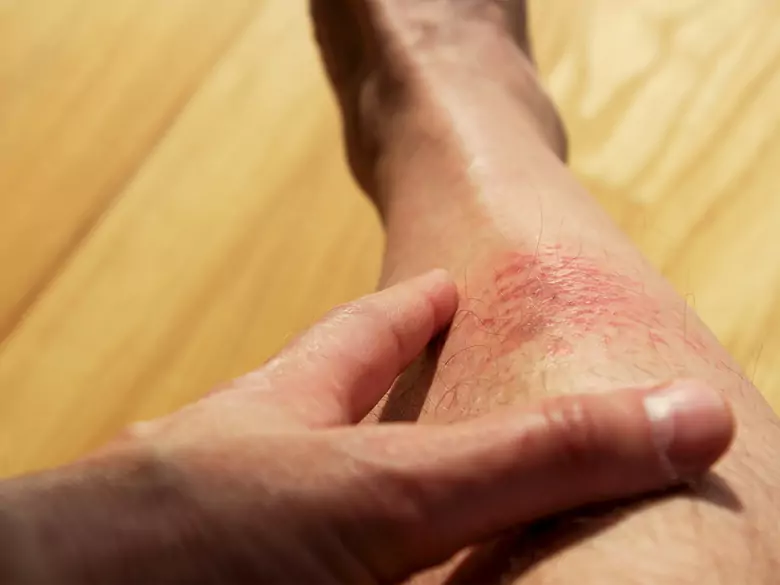Bullous pemphigoid , or bullouspemphigoid , is a chronic skin condition characterised by the formation of large, tense blisters. Can the appearance of multiple lesions be life-threatening?
Ad:
You can read this text in 2 min.
Panthermedia
Leg wound
